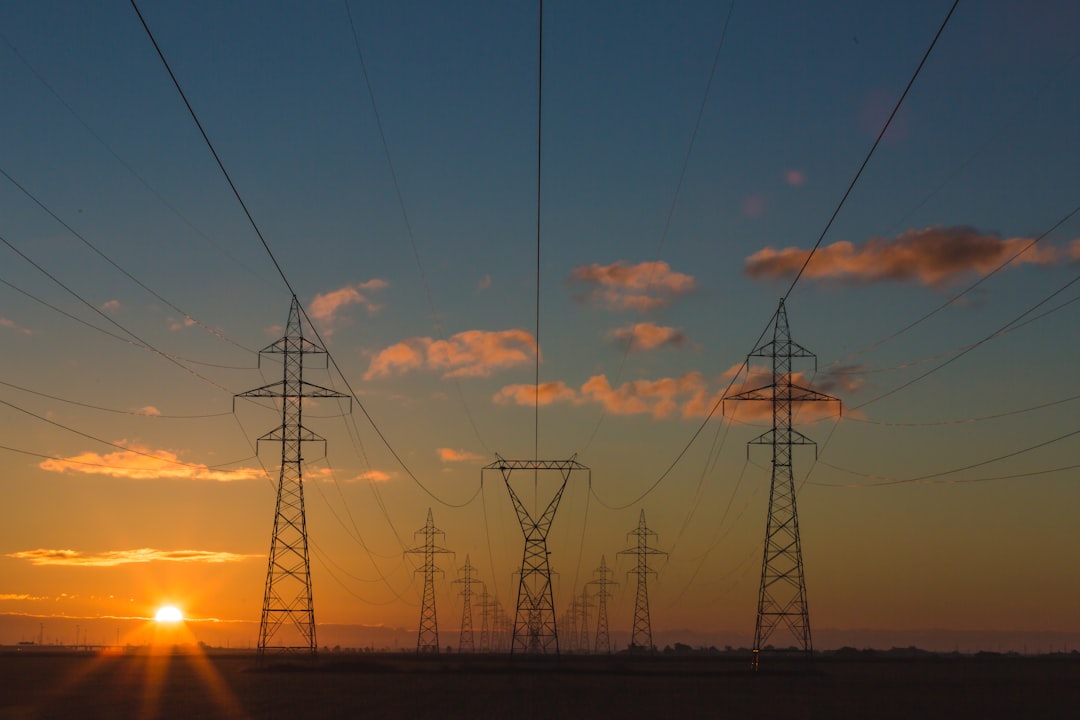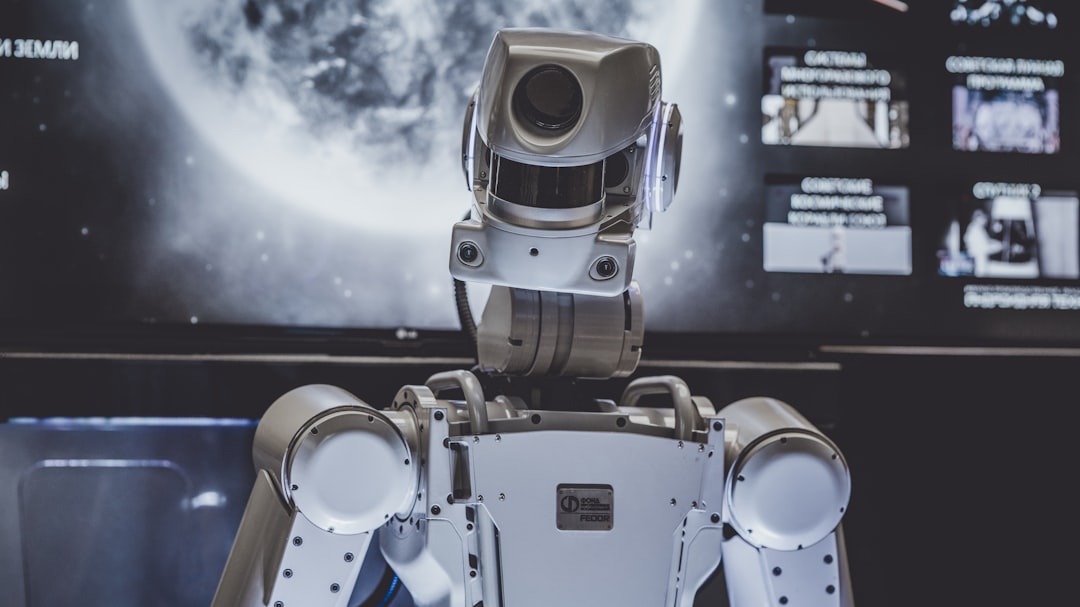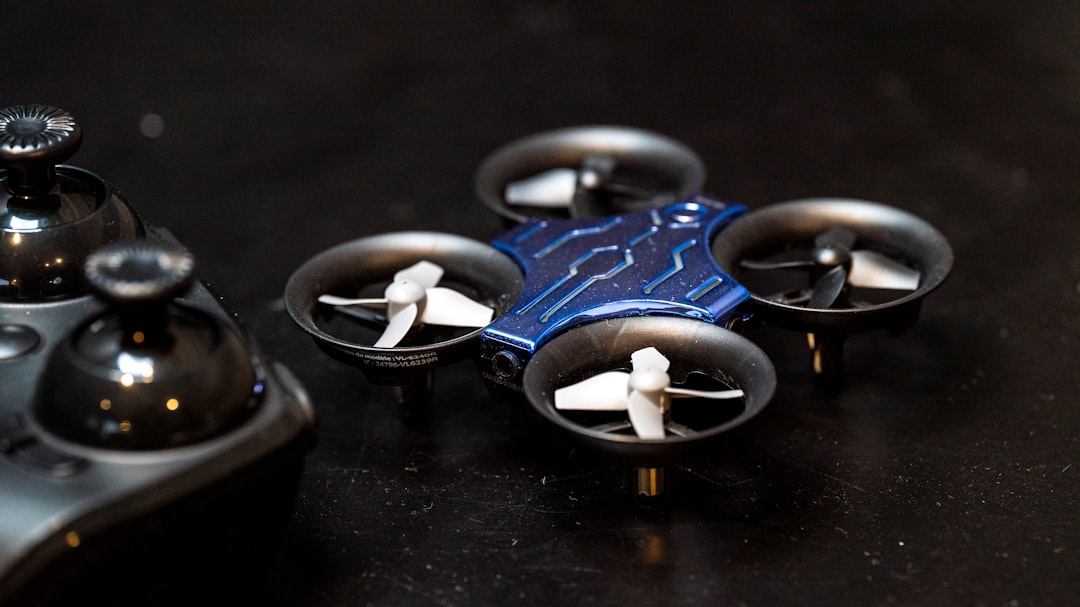In recent years, the landscape of delivery services has undergone a significant transformation, largely driven by advancements in drone technology. The rise of unmanned aerial vehicles (UAVs) has opened up new avenues for logistics and supply chain management, enabling companies to deliver goods faster and more efficiently than ever before. With the increasing demand for rapid delivery solutions, businesses are now exploring the potential of drones to meet consumer expectations.
This shift is not merely a trend; it represents a fundamental change in how goods are transported, particularly in urban environments where traffic congestion can hinder traditional delivery methods. The integration of drone technology into delivery services is not just about speed; it also encompasses a range of benefits that enhance operational efficiency. Drones can navigate through complex urban landscapes, bypassing road traffic and reducing delivery times significantly.
Companies like Amazon and Google have been at the forefront of this revolution, investing heavily in research and development to create sophisticated drone systems capable of carrying packages over considerable distances.
Key Takeaways
- Drone technology is revolutionizing delivery services by providing quick and efficient delivery of medical materials, packages, food, and more to remote locations.
- Drones are overcoming challenges and regulations in delivery services, paving the way for expansion and growth in the industry.
- The impact of drone delivery on environmental sustainability is significant, as it reduces the carbon footprint and energy consumption associated with traditional delivery methods.
- Technology and innovation play a crucial role in the revolution of delivery services, with drones leading the way in providing faster and more convenient delivery options.
- The future of food delivery is being transformed by drones, offering new possibilities for efficient and timely delivery to customers.
Quick and Efficient Medical Material Delivery
The Potential of Drone Technology in Medical Material Delivery
Drones in Emergency Situations: Saving Lives and Time
In emergency situations, every second counts, and drones have the potential to bridge the gap between healthcare providers and patients in need. For instance, in remote or underserved areas where traditional transportation methods may be slow or unreliable, drones can deliver essential medical supplies such as vaccines, blood products, and medications with remarkable speed.
Enhancing Healthcare Efficiency with Drone Delivery
This capability not only saves lives but also enhances the overall efficiency of healthcare systems. Several pilot programs around the world have demonstrated the effectiveness of drone delivery in medical contexts. In Rwanda, for example, Zipline has successfully implemented a drone network that delivers blood and medical supplies to rural health facilities.
Reducing Delivery Times and Improving Health Outcomes
This innovative approach has drastically reduced delivery times from hours to mere minutes, ensuring that healthcare providers have access to critical resources when they need them most. As more countries recognize the potential of drones in healthcare logistics, we can anticipate a broader adoption of this technology, ultimately leading to improved health outcomes for communities worldwide.
Revolutionizing Remote Location Package Delivery

Drones are also making significant strides in revolutionizing package delivery to remote locations. Many regions around the globe are characterized by challenging terrains, such as mountains, forests, or islands, where conventional delivery methods may be impractical or cost-prohibitive. Drones offer a solution by providing a direct aerial route to these hard-to-reach areas, ensuring that residents receive their packages without delay.
This capability is particularly beneficial for e-commerce companies looking to expand their reach into underserved markets. The use of drones for remote package delivery is not just about convenience; it also has economic implications. By reducing transportation costs and improving access to goods, drone delivery can stimulate local economies and enhance the quality of life for residents in isolated regions.
Companies like Wing and DHL are already testing drone delivery services in various remote locations, showcasing the potential for this technology to bridge the gap between urban centers and rural communities. As these initiatives gain traction, we can expect to see a more interconnected world where geographical barriers no longer hinder access to essential products.
The Future of Food Delivery: Drones in Action
The food delivery industry is another sector poised for transformation through drone technology. As consumer preferences shift towards convenience and speed, restaurants and food delivery services are exploring innovative ways to meet these demands. Drones offer a unique solution by enabling rapid delivery of meals directly to customers’ doorsteps, eliminating the need for traditional delivery vehicles that can be subject to traffic delays.
Several companies are already piloting drone food delivery services with promising results. For instance, Uber Eats has experimented with drone deliveries in select markets, showcasing how this technology can streamline the food ordering process.
By leveraging drones, restaurants can expand their delivery radius while maintaining quality and freshness. Furthermore, as urban areas become increasingly congested, drones present a viable alternative that could alleviate some of the logistical challenges faced by food delivery services. The future of food delivery is undoubtedly taking flight, with drones leading the charge toward a more efficient and customer-centric model.
Overcoming Challenges and Regulations in Drone Delivery
Despite the numerous advantages that drone delivery offers, several challenges and regulatory hurdles must be addressed before widespread adoption can occur. Safety concerns remain at the forefront of discussions surrounding drone operations, particularly in urban environments where airspace is crowded with other aircraft and potential obstacles. Ensuring that drones can operate safely while avoiding collisions is paramount for gaining public trust and regulatory approval.
Regulatory frameworks are also evolving to accommodate the growing presence of drones in commercial applications. Governments around the world are working to establish guidelines that govern drone operations, including flight paths, altitude restrictions, and operational limits. Organizations like the Federal Aviation Administration (FAA) in the United States are actively developing regulations that balance innovation with safety considerations.
As these frameworks become more defined, we can expect to see increased investment in drone technology and infrastructure, paving the way for a more robust drone delivery ecosystem.
The Impact of Drone Delivery on Environmental Sustainability

As society becomes increasingly aware of environmental issues, the impact of drone delivery on sustainability is an important consideration. Traditional delivery methods often rely on fossil fuels and contribute to greenhouse gas emissions, whereas drones have the potential to offer a more eco-friendly alternative. Electric-powered drones can significantly reduce carbon footprints associated with last-mile deliveries, making them an attractive option for environmentally conscious consumers and businesses alike.
Moreover, drones can optimize delivery routes through advanced algorithms that minimize energy consumption and maximize efficiency. By reducing the number of vehicles on the road and utilizing renewable energy sources for charging, drone delivery systems can contribute to a more sustainable logistics model. As companies prioritize sustainability in their operations, we can expect to see an increasing emphasis on integrating drone technology into their supply chains as part of broader environmental initiatives.
The Role of Technology and Innovation in Revolutionizing Delivery Services
The success of drone delivery services hinges on continuous technological innovation and advancements in related fields such as artificial intelligence (AI), machine learning, and robotics. These technologies play a crucial role in enhancing the capabilities of drones, enabling them to navigate complex environments autonomously while making real-time decisions based on data inputs. For instance, AI algorithms can analyze weather conditions, air traffic patterns, and package weight to determine optimal flight paths for efficient deliveries.
Furthermore, innovations in battery technology are critical for extending the range and payload capacity of drones. As battery life improves and charging times decrease, drones will be able to cover greater distances while carrying heavier loads. This progress will not only enhance the feasibility of drone deliveries but also expand their applications across various industries beyond logistics.
The intersection of technology and innovation is driving the evolution of delivery services, positioning drones as a key player in shaping the future of commerce.
The Potential for Expansion and Growth in Drone Delivery Services
Looking ahead, the potential for expansion and growth in drone delivery services is immense. As technology continues to advance and regulatory frameworks become more accommodating, we can expect to see an increasing number of companies entering this space. The versatility of drones allows them to serve various sectors beyond just retail and food delivery; industries such as agriculture, construction, and emergency response are also exploring how drones can enhance their operations.
Moreover, as consumer expectations evolve towards faster and more convenient service options, businesses will be compelled to adopt innovative solutions like drone delivery to remain competitive. The global market for drone deliveries is projected to grow exponentially over the coming years, driven by rising demand for efficient logistics solutions and advancements in drone technology. As we stand on the brink of this new era in delivery services, it is clear that drones will play an integral role in shaping how goods are transported across the globe—transforming not only industries but also our everyday lives.
In a related article on Metaversum, the challenges of integrating the metaverse with the real world are explored. As drone technology continues to revolutionize delivery services, the metaverse presents new opportunities and obstacles for businesses looking to expand their reach. The article delves into how the hybrid reality of the metaverse can impact industries like medical material delivery, remote location package delivery, and food delivery, offering insights into the future of these services in a digitally connected world.
FAQs
What is drone technology?
Drone technology refers to the use of unmanned aerial vehicles (UAVs) to perform various tasks such as delivery, surveillance, and data collection. Drones are controlled remotely by a human operator or autonomously by onboard computers.
How is drone technology revolutionizing delivery?
Drone technology is revolutionizing delivery by enabling quick and efficient transportation of medical materials, packages to remote locations, and food. Drones can navigate through difficult terrain and bypass traditional transportation obstacles, making delivery faster and more accessible.
What are the benefits of using drones for delivery?
Using drones for delivery offers several benefits, including faster delivery times, reduced transportation costs, and the ability to reach remote or hard-to-access locations. Drones also have the potential to reduce traffic congestion and carbon emissions associated with traditional delivery methods.
What are the challenges of implementing drone delivery?
Challenges of implementing drone delivery include regulatory hurdles, safety concerns, and public acceptance. Additionally, technical limitations such as battery life and payload capacity need to be addressed for widespread adoption of drone delivery.
What are the current applications of drone delivery technology?
Drone delivery technology is currently being used for medical material delivery to remote areas, package delivery to hard-to-reach locations, and food delivery in urban areas. These applications demonstrate the potential of drone technology to revolutionize various aspects of delivery services.











Leave a Reply